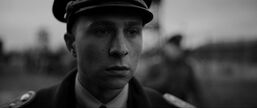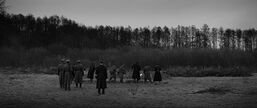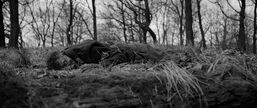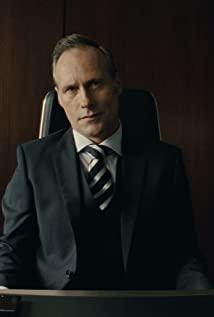The soundtrack and cinematography were deliberately worn by the director, the most obvious being the scene of the car at the Herold Temporary Military Court.
This story should be one of the best interpretations of magical realism. A deserter, who gets a skin and pretends to be a captain, almost everyone in awe and believe him. He didn't dare to be fearless in all kinds of cruel and bottomless things. The director did a very good job of transforming this character in the movie, and the image was full. The most profound scene is tying up the ropes to let the four deserters run away and then shoot. First of all, it forms an end-to-end echo with the protagonist being chased and killed in the same way at the beginning, which looks very ironic. The second kind of violent emotional contagion is like a virus. The director used canteen fights and beating deserters to make a foreshadowing, making the whole structure look complete and clear. People pick up guns and shoot, and in the end, even a woman who can't shoot raises her gun and tries to shoot, and she has the power to kill and do whatever she wants. In the last part, several characters stand in a row, like an oil painting or a group photo, they have merged into one and become a kind of person.
The film adopts a black-and-white format that intentionally creates a brutal, oppressive environment. In the whole article, only the short-lived little color appeared after the deserter battalion was bombed.
View more about The Captain reviews










